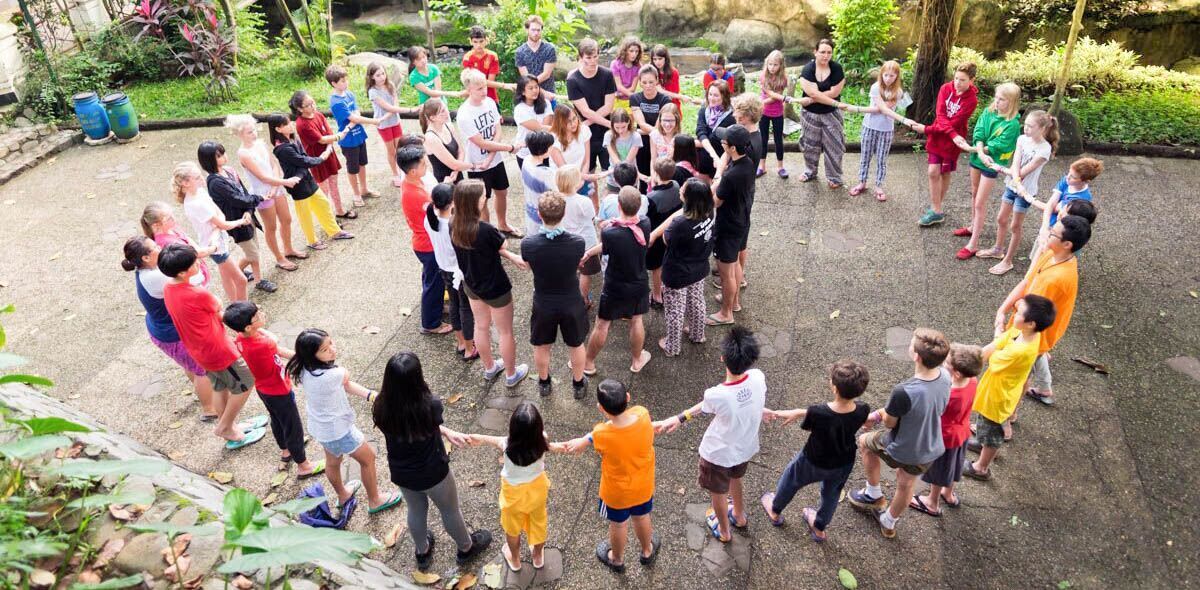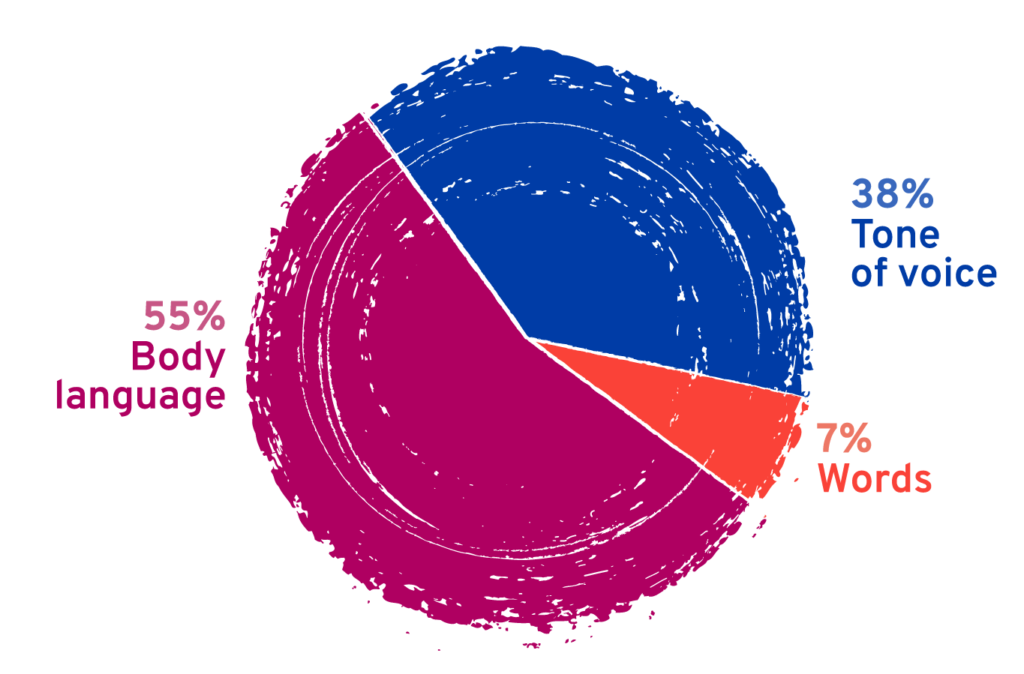
8 Tips for Exploring Conflict and Resolution in our Educational Content
May 30, 2019
Staffing. Is it for you?
June 11, 2019Two Key Parts of Effective Communication
Time is flying by and we are busy preparing for the programme season, so let us introduce to you two very quick concepts to have in mind in your communication.
Active listening :
Did you know that most of the time we stop listening to what other people are saying and begin formulating our responses? This causes us to miss information, have less effective communication, and can even lead to serious misunderstandings.
A couple of weeks ago we introduced you to an excellent elearning session about Dialogue (1) where we refer to the concept of active listening.
This useful infographic from Mindtools shows us 5 steps to applying active listening in conversation. Challenge yourself to use these steps in your daily communications and see what happens!
You can also learn more about “How to be a great listener” in this short 2 minute video.
Nonverbal communication :
A second very straightforward concept is the pie chart of communication developed by Albert Mehrabian. This visual shows us the importance of the nonverbal communication when expressing our feelings.

Mehrabian’s Theory of Communication (2)
Communication is about sharing information: thoughts, ideas, stories, and feelings. But this is not limited to what we say with words. Communication includes facial expressions, gestures, body movements, posture, eye contact, and tone of voice.
What great news for all non English native speakers! There are so many ways to express yourself. Even when we struggle with language barriers, this can often result in shared laughter and fun.
Many activities can be planned around effective communication for example:
- Why not explain an activity in Norwegian or in Thai and then organize translation time afterwards?
- Have you thought of an activity that requires the creation of a new language?
- Have you ever compared the animal noises in your language with animal noises in other languages? Fun is guaranteed!
- The classic game of charades is always a fun way to use your body instead of your words to communicate a thing or idea.
If you come up with a great educational activity on communication, and you think that others could benefit from it, use the Activity Writing Template to write it down and send the completed Template to activities@cisv.org.
Source:
1- Online training module for staff and leaders, register at learn.cisv.org. Enrolment key: Dialogue2019. If you have any questions, please email learn@cisv.org.




